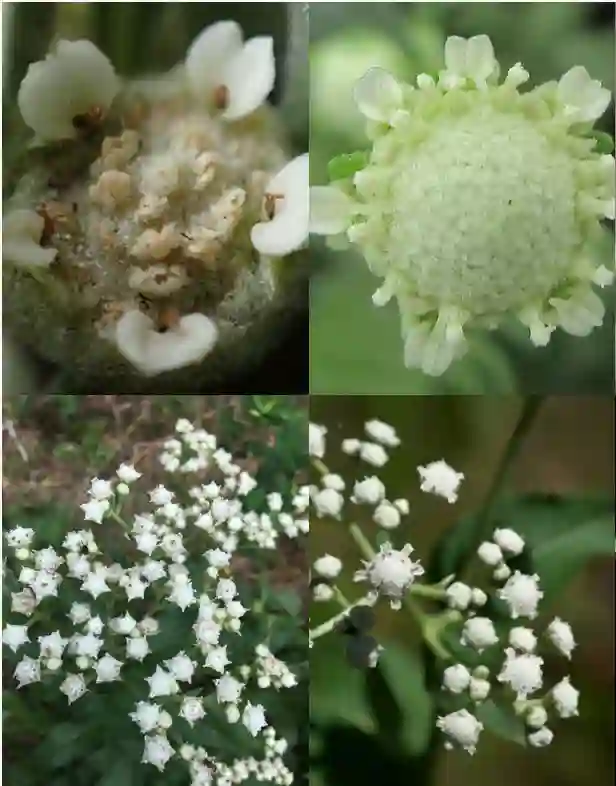Hoya Lockii: Unveiling the Secrets of This Enchanting Vine
Hi, Ferb Vu here! Today, we’re diving deep into the world of Hoya Lockii, a captivating climber native to Vietnam. This botanical gem, discovered in 2011, has stolen the hearts of plant enthusiasts worldwide. Whether you’re a seasoned collector or a curious newbie, this FAQ will equip you with everything you need to know about caring for your very own Hoya Lockii.
566 Species in Genus Hoya
What Makes Hoya Lockii Special?
Hoya Lockii stands out for its unique charm. Its succulent, heart-shaped leaves boast a captivating marbled pattern, with shades of green and silver swirling across the surface. As the plant matures, it produces clusters of fragrant, star-shaped blooms that add a touch of elegance to any indoor space. But beyond its aesthetics, Hoya Lockii is prized for its:
- Rarity: This epiphytic vine is considered endangered in its natural habitat. Owning a Hoya Lockii allows you to be a part of conservation efforts by nurturing this precious species.
- Ease of Care: Despite its exotic appearance, Hoya Lockii is surprisingly low-maintenance. With proper attention to light, water, and potting mix, this plant thrives indoors.
- Fast Growth and Prolific Bloomer: Unlike some Hoyas that take their time to mature, Hoya Lockii is a vigorous grower. With proper care, it can reward you with fragrant blooms quite frequently.
Hoya Lockii vs. Hoya Carnosa
Hoya Lockii is often compared to its close relative, Hoya Carnosa, another popular houseplant. Here’s a quick breakdown to help you differentiate between the two:
- Leaves: Hoya Lockii boasts heart-shaped leaves with a distinctive marbled pattern. Hoya Carnosa, on the other hand, features oval-shaped leaves with a more uniform green coloring.
- Growth Habit: Hoya Lockii is a vigorous climber, while Hoya Carnosa can be a climber or a bushy shrub depending on the variety.
- Blooms: Both Hoyas produce clusters of star-shaped flowers. However, Hoya Carnosa flowers tend to be larger and more fragrant.
Ultimately, the choice between Hoya Lockii and Hoya Carnosa boils down to personal preference. If you crave a unique foliage with a compact growth habit, Hoya Lockii is a perfect choice. If larger blooms and a bushier form are your priorities, Hoya Carnosa might be a better fit.
How to Care for Your Hoya Lockii?
Now that you’re smitten with Hoya Lockii, let’s delve into its specific needs:
Light: Hoya Lockii thrives in bright, indirect sunlight. Avoid harsh afternoon sun, which can scorch the leaves. A spot near an east-facing window is ideal.
Water: This succulent vine prefers to dry out completely between waterings. Overwatering is a leading cause of root rot in Hoyas. Check the soil moisture regularly. When the top inch of the potting mix feels dry, it’s time to water deeply.
Humidity: Average indoor humidity levels are sufficient for Hoya Lockii. However, if the air in your home is particularly dry, consider using a humidifier or placing your plant on a pebble tray filled with water.
Potting Mix: Opt for a well-draining, airy potting mix specifically formulated for orchids or epiphytes. This ensures proper drainage and prevents root rot.
Fertilization: During the growing season (spring and summer), you can fertilize your Hoya Lockii once a month with a diluted balanced fertilizer. However, resist the urge to overfertilize, as this can damage the plant.
Propagation: Hoya Lockii propagates easily from stem cuttings. Take a healthy stem cutting with a few nodes, remove the lower leaves, and plant it in a moist, well-draining potting mix.
Common Issues: Watch out for mealybugs and scale, which are common pests on Hoyas. Regularly inspect your plant and treat infestations promptly with insecticidal soap or neem oil.
Hoya Lockii: A Rewarding Companion
With its captivating looks, easygoing nature, and fragrant blooms, Hoya Lockii is a true gem for any plant enthusiast. By following these simple care tips, you can cultivate a thriving Hoya Lockii that will bring beauty and joy to your home for years to come. Remember, patience and a watchful eye are key to success. Happy planting!
If i die, water my plants!



